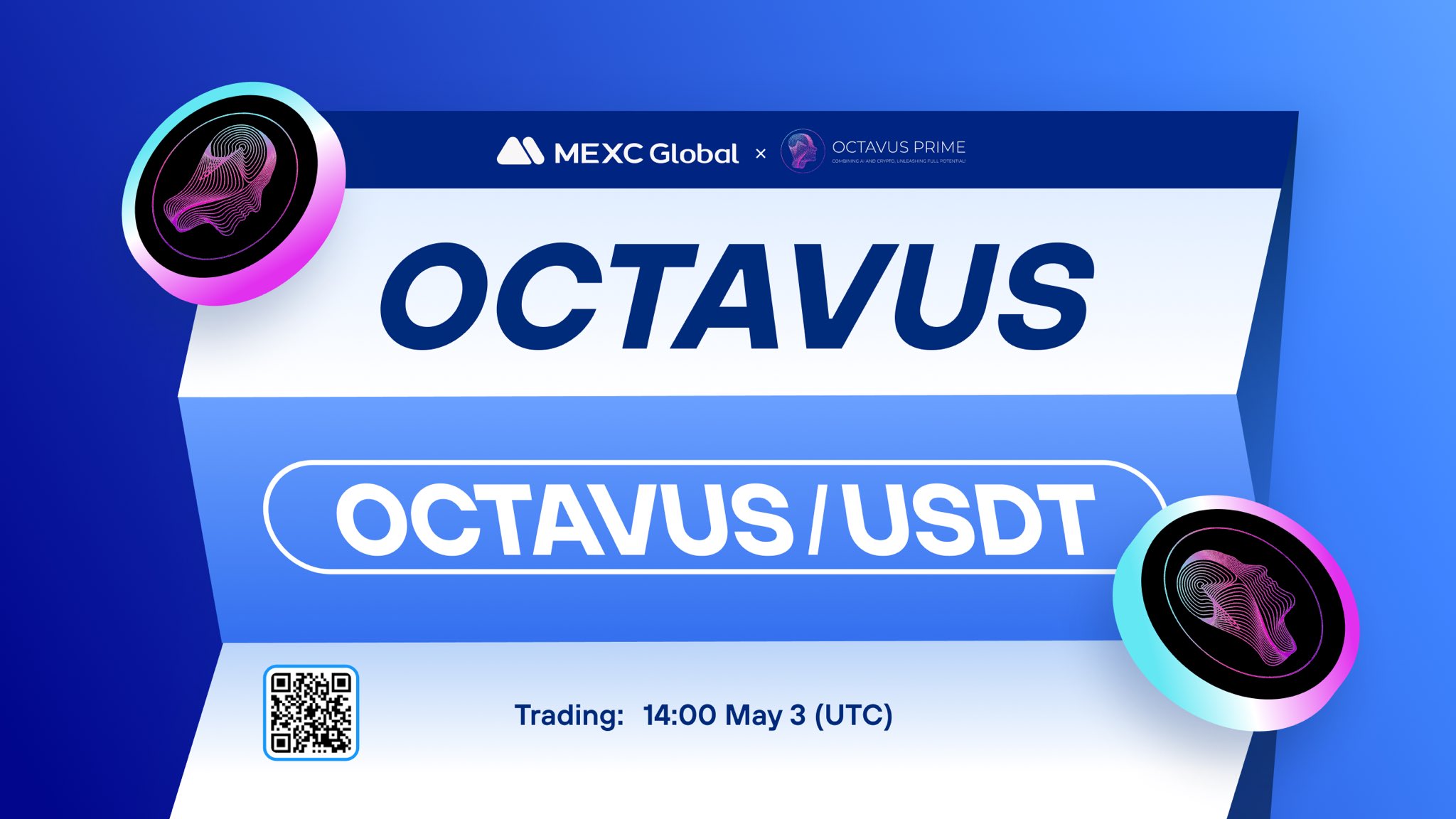
The cryptocurrency world changed forever when Ethereum mining became impossible on September 15, 2022. If you’re searching for how to mine Ethereum in 2025, you’re not alone—but the answer might surprise you. Traditional ethereum mining no longer exists, yet new opportunities have emerged for earning ETH that are often more profitable and accessible than the old mining methods.
This guide cuts through the confusion to explain exactly what happened to eth mining, why it ended, and what realistic alternatives exist for earning Ethereum in 2025.
📖 Understanding Ethereum’s Evolution: This guide explains why Ethereum mining ended and what replaced it. For the complete picture of how modern Ethereum works today, including proof-of-stake, smart contracts, and DeFi, check out our comprehensive Ethereum guide.
Key Takeaways
- Ethereum mining ended permanently on September 15, 2022, with no way to mine ETH anymore.
- Staking replaced mining as the way to earn ETH rewards.
- Former mining rigs can mine Ethereum Classic and other cryptocurrencies instead.
- The transition reduced Ethereum’s energy consumption by 99.95%.
- Any service claiming to mine ETH directly is fraudulent or outdated.
Table of Contents
What Is Ethereum Mining?
Ethereum mining was the process of using powerful computers to validate transactions and secure the Ethereum network. Miners competed to solve complex mathematical puzzles, and the first to succeed earned newly minted ETH plus transaction fees as rewards.
Unlike Bitcoin mining, which required specialized ASIC machines, mining ethereum was accessible to regular people using graphics cards (GPUs). A typical mining setup included multiple high-end GPUs, specialized mining software like PhoenixMiner or Claymore, and access to cheap electricity.
Miners used ethereum mining calculators to determine profitability based on their hash rate, electricity costs, and current ETH prices. During peak periods in 2021, mining could be quite profitable depending on electricity costs and hardware efficiency, making it an attractive investment for tech-savvy individuals.
The mining process served a crucial purpose: it kept Ethereum decentralized and secure. Every transaction needed miner verification, and the computational cost made attacking the network extremely expensive.
Why Ethereum Mining Ended
Can you mine ethereum in 2025? The definitive answer is no. Ethereum permanently ended mining through “The Merge”—a planned transition from Proof-of-Work to Proof-of-Stake that occurred in September 2022.
This wasn’t a temporary change or optional upgrade, it was part of Vitalik Buterin‘s original roadmap for Ethereum’s evolution. The Ethereum network completely removed its mining mechanism and replaced it with “staking.” Learn how Ethereum’s proof-of-stake system works in our comprehensive guide. Instead of miners competing with computational power, the network now selects validators based on how much ETH they’ve staked (locked up) as collateral.
The transformation achieved remarkable results. Ethereum’s energy consumption dropped by 99.95%, making it one of the most environmentally friendly major cryptocurrencies. Transaction processing became faster and more efficient, supporting Ethereum’s vision of becoming the foundation for Web3 applications.
For miners, The Merge meant their expensive ethereum mining rigs became obsolete overnight. Some mining operations pivoted to other cryptocurrencies, while others sold their hardware or repurposed it for different blockchain networks.

Can You Mine Ethereum Today?
Anyone promising ethereum mining 2025 opportunities through traditional methods is either misinformed or running a scam. The Ethereum protocol no longer supports mining operations, regardless of hardware power or ethereum mining software used.
However, this doesn’t mean earning ETH is impossible. The ecosystem has evolved to offer several legitimate alternatives:
Ethereum Staking has replaced mining as the primary way to earn ETH rewards. Instead of buying expensive mining equipment, you can stake your existing ETH to become a network validator. The minimum requirement is 32 ETH for solo staking, but staking pools allow participation with much smaller amounts.
Cloud Mining Services now focus on mining other cryptocurrencies and converting profits to ETH. While these services exist, they require careful evaluation as many are unprofitable or fraudulent. Legitimate platforms offer transparent fee structures and realistic return expectations.
Yield Farming and DeFi Mining provide ETH rewards through decentralized finance protocols. These methods involve providing liquidity to trading pools or lending platforms in exchange for token rewards, often paid in ETH.

Ethereum Staking Guide
While you can’t mine ethereum on pc anymore, you can stake ETH from any computer with an internet connection. Staking offers several advantages over traditional mining: no expensive hardware, minimal electricity consumption, and more predictable returns.
Solo Staking Setup:
- Requires 32 ETH minimum
- Run validator software on your computer
- Earn staking rewards based on current network conditions
- Must maintain 99%+ uptime to avoid penalties
Staking Pool Options:
- Participate with any amount of ETH
- Various staking platforms offer these servicesHow to Mine Ethereum: What You Need to Know About ETH Mining
- Earn staking rewards based on current network conditions
- No technical knowledge required
Liquid Staking:
- Receive tradeable tokens representing your staked ETH
- Maintain liquidity while earning staking rewards
- Slightly higher risk due to smart contract dependencies
The process is much simpler than traditional ethereum mining software setup. Most staking can be done through user-friendly interfaces that require no technical expertise.
Alternative Mining Options
Your existing ethereum mining rig isn’t worthless. Several cryptocurrencies still use Proof-of-Work and are compatible with former ETH mining hardware.
Ethereum Classic (ETC) remains the closest alternative to original Ethereum mining. As a fork of the original Ethereum blockchain, ETC maintained the mining mechanism when the main Ethereum network transitioned to staking. Your ethereum mining rig can mine ETC using the same Ethash algorithm, making it a direct substitute for former ETH miners.
Ravencoin (RVN) offers another GPU-friendly mining option. Designed to be ASIC-resistant, Ravencoin provides opportunities for smaller miners to remain competitive. The network focuses on asset transfers and provides opportunities for GPU miners, though profitability varies with market conditions. Understanding gas fee economics is crucial for mining profitability calculations.
Conflux (CFX) represents a newer blockchain that still rewards GPU miners. with its alternative consensus approach, Conflux offers mining opportunities while working toward scalability solutions that traditional blockchains struggle with.
Current profitability for these alternatives varies significantly based on electricity costs and market conditions. Ethereum classic mining typically offers the most stability due to its established ecosystem and exchange support.

Mining Profitability Calculator
While is ethereum mining profitable is no longer a relevant question for ETH itself, understanding profitability calculations remains crucial for alternative cryptocurrencies and staking decisions.
Mining Calculator Essentials:
- Hash rate: Your hardware’s computational power
- Power consumption: Electricity usage in watts
- Electricity cost: Your local rate per kilowatt-hour
- Pool fees: Typically 1-3% of earnings
- Hardware depreciation: Equipment loses value over time
Staking Profitability Factors:
- Current staking APR (typically 4-7% for Ethereum)
- ETH price volatility
- Validator uptime requirements
- Platform fees for pooled staking
Most ethereum mining calculators have adapted to include staking calculations alongside traditional mining metrics for alternative cryptocurrencies. Tools like WhatToMine and MiningPoolStats provide real-time profitability data for former ETH miners exploring other options.
The reality is that staking often provides better risk-adjusted returns than mining ever did, without the hardware maintenance, electricity costs, and technical complexity that mining required.

Ethereum Cloud Mining
Ethereum cloud mining services claim to offer ETH rewards without hardware ownership, but these require extreme caution. While legitimate cloud mining exists for other cryptocurrencies, “free ethereum mining” promises are typically scams designed to steal personal information or funds.
Red Flags to Avoid:
- Guaranteed daily returns
- No upfront fees with unrealistic profits
- Mobile apps promising ethereum mining app free rewards
- Platforms requiring personal information before showing proof of concept
- Services claiming to mine ETH directly (impossible since The Merge)
Legitimate Cloud Mining Characteristics:
- Transparent fee structures
- Realistic return expectations (often lower than self-mining)
- Clear hardware specifications and locations
- Verifiable company registration and contact information
- Focus on alternative cryptocurrencies, not ETH directly
The safest approach is avoiding cloud mining entirely and focusing on direct ETH staking or purchasing ETH through established exchanges. The returns are more predictable, and the risks are significantly lower.
Mining Ethereum Legal Considerations
The regulatory landscape for cryptocurrency mining varies dramatically worldwide. The china cryptocurrency ban bitcoin ethereum mining in 2021 forced many miners to relocate, but Ethereum’s transition to staking has eliminated most regulatory concerns for ETH specifically.
Staking Regulations:
- Generally treated as passive income
- Subject to capital gains taxes in most jurisdictions
- Simpler compliance than mining operations
- No environmental concerns unlike energy-intensive mining
Alternative Mining Regulations:
- Traditional mining laws still apply to other cryptocurrencies
- Energy consumption restrictions in some regions
- Business licensing requirements for commercial operations
- Import/export restrictions on mining hardware
Tax Implications:
- Staking rewards are typically taxable as income
- Mining alternative cryptocurrencies follows traditional mining tax rules
- Record-keeping requirements for all crypto earnings
- Professional tax advice recommended for significant holdings
The shift from mining to staking has simplified legal compliance for most Ethereum participants, removing the industrial-scale regulatory challenges that large mining operations faced.

Future of ETH Mining
While how to mine ethereum is no longer relevant, Ethereum continues evolving with new earning opportunities emerging regularly. The network’s roadmap includes several upgrades that will enhance staking rewards and introduce additional income streams.
Upcoming Ethereum Developments:
- Increased transaction throughput reducing fees
- Enhanced staking mechanisms with better rewards
- Layer 2 integration creating new earning opportunities
- DeFi protocol expansion offering yield farming options
Long-term Earning Strategies:
- Regular ETH staking for steady income
- DeFi protocol participation for higher yields
- Layer 2 network validation opportunities
- NFT and Web3 application development
The transition from mining to staking represents Ethereum’s evolution toward a more sustainable and accessible network. While traditional miners may mourn the end of GPU mining, the new ecosystem offers more diverse and often more profitable opportunities for earning ETH.
Conclusion: Embracing Ethereum’s New Era
Ethereum mining as we knew it is permanently over, but this change has created better opportunities for most people interested in earning ETH. Staking offers predictable returns without massive hardware investments, energy costs, or technical complexity that mining ethereum required.
For those holding former eth mining equipment, profitable alternatives exist through Ethereum Classic and other GPU-friendly cryptocurrencies. The key is adapting to the new landscape rather than clinging to outdated methods.
The future belongs to those who embrace Ethereum’s evolution. Staking, DeFi participation, and Layer 2 opportunities provide more accessible and often more profitable ways to earn ETH than traditional mining ever offered.
Whether you’re a former miner or a newcomer to cryptocurrency, understanding that ethereum mining has evolved—not disappeared—opens doors to the next generation of blockchain earning opportunities. The question isn’t whether you can mine Ethereum in 2025, but how you’ll participate in its transformed ecosystem.
Ready to explore modern Ethereum? Mining may be over, but Ethereum’s story is just beginning. Discover how Ethereum works today – from staking and smart contracts to DeFi and NFTs. Our complete guide covers everything you need to know about participating in the new Ethereum ecosystem.
This article provides educational information only and should not be considered financial advice. Cryptocurrency investments carry significant risks, and readers should conduct their own research before making investment decisions.
Join MEXC and Get up to $10,000 Bonus!



